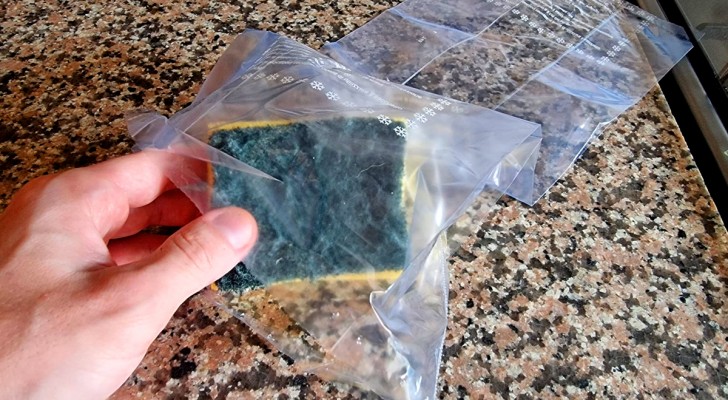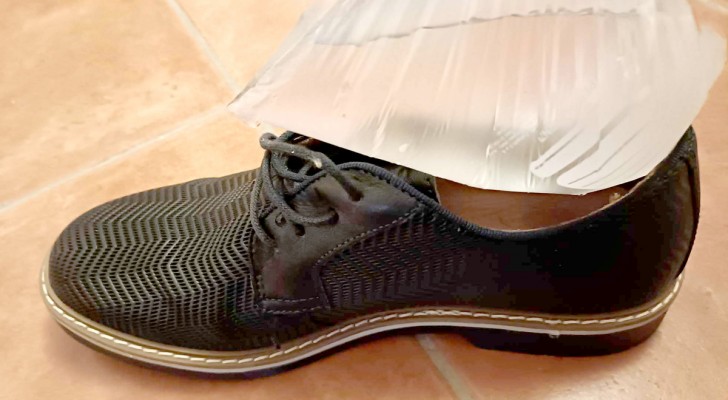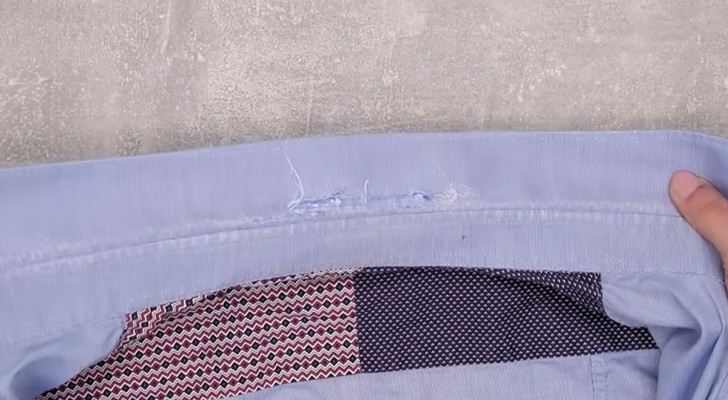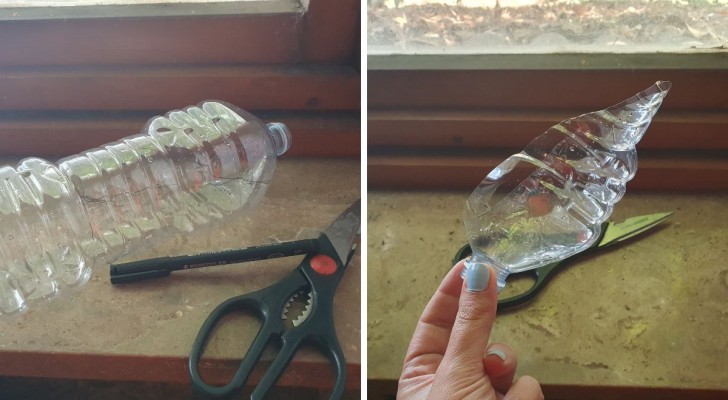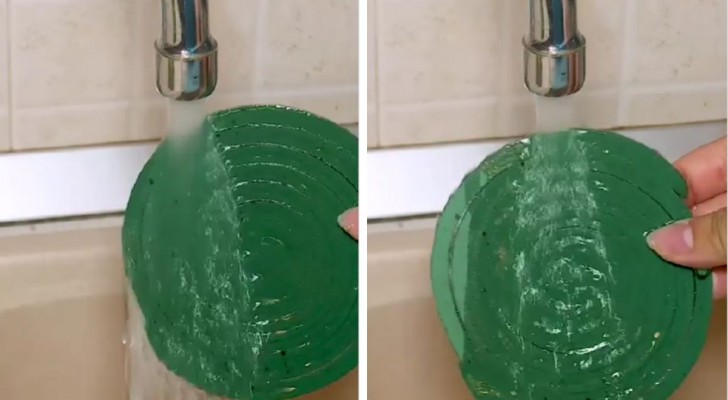Parquet: useful tips for washing and taking care of your wooden floors
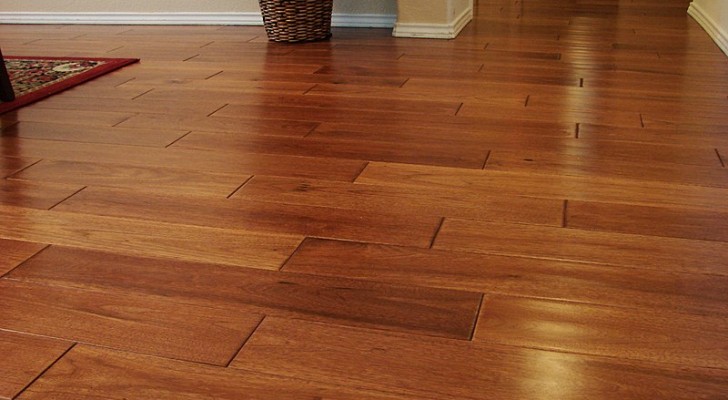
Parquet floors have a truly unique and inimitable charm: they give warmth to the house and color it with a thousand shades of the wood they are made of. Even the design that the various planks create, depending on how they are arranged, can change the way we perceive the space, as well as the visual impact of an entire room.
It is a material that, even when of the highest quality and perfectly sealed, is still more vulnerable to a whole series of variables, unlike floors made from ceramic, stone or other harder materials. It must therefore be treated with great care, avoiding common mistakes which then need experts to intervene to restore its original appearance. With the right precautions, however, a parquet floor can really last forever!
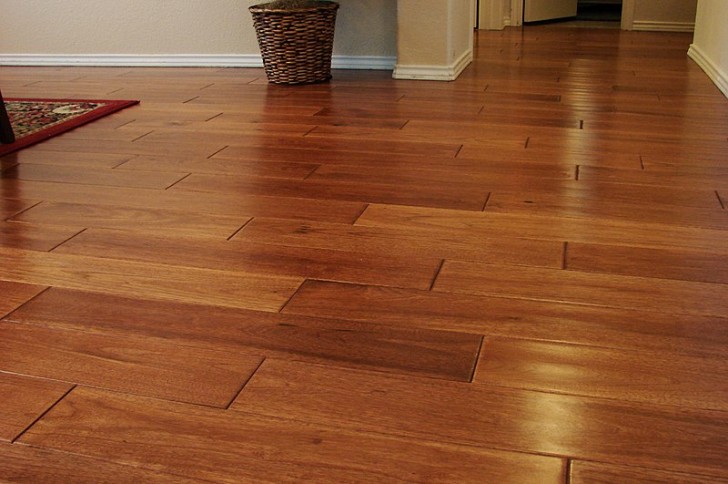
- Choose quality tools with which to clean the parquet: you must use brooms with very soft bristles (there are those suitable for wooden floors), flat mops with microfibre or soft cloths and a vacuum cleaner that is delicate when passing over the floor - therefore we refer to one with brushes that are suitable for this type of flooring.
- For detergents: there are DIY alternatives (such as Marseille soap solutions for washing or beeswax for polishing), but it is always preferable to use the products recommended by the manufacturers. They will be different depending on the finish (painted or oiled) and designed to clean and nourish the wood without leaving residue.
How to clean parquet:
- The parquet should be dusted or swept every day or as frequently as possible, so that no debris accumulates which then, with daily traffic, become ground in and creates stains that are more difficult to remove.
- If it is really necessary to wash off stains, then you will need to use a mop that is moistened only with water. Dip it in the bucket with water and then squeeze it out very well, so that it does not drip water when it passes over the floor. Obviously, this is an operation to do always after first removing the bulk of the dirt with a broom or vacuum cleaner, and immediately after passing the damp mop over the surface, you will have to dry it off with a dry mop or suitable rags.
- You can speed drying time up by keeping windows open or running portable fans while you are washing the floor so that no moisture remains.
- On sealed parquet there is less risk of swelling the wood with water, but sometimes even with these, moisture can penetrate between the joints and under the protective layer, so better never to work for too long with the water in contact with the surface.
- For occasional, deep cleaning - in which water alone is not enough and you have to use the specific detergent for your parquet - always use the solution in small doses so as to have to use as little water as possible.
Also remember to protect the busiest areas of the floor with carpets, keep dog and cat nails cut and try not to walk around the house with shoes on (especially heels) but rather changing them for slippers as soon as you enter your home.

